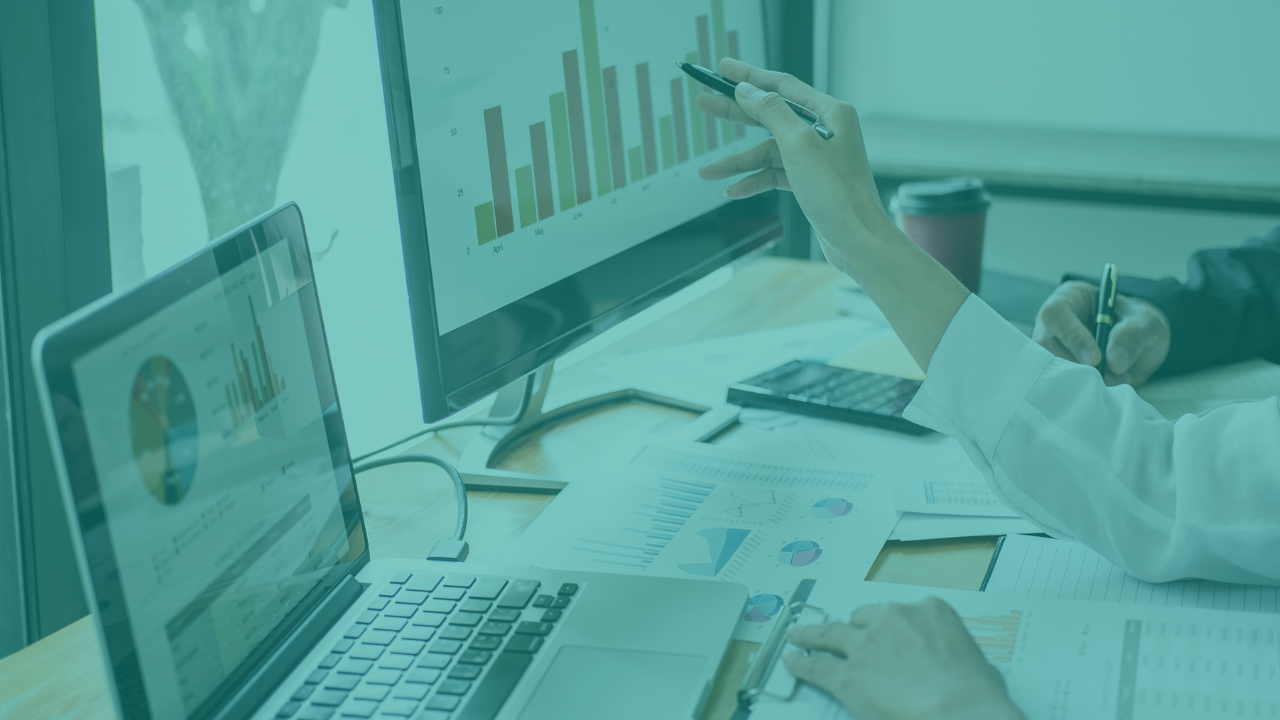Analytics vs. Financial Reporting (Part 2)
Two seemingly similar processes with very different purposes and outcomes
In the first part of this article we saw the distinct differences between reporting and analytics, the purposes they serve and the large amounts of data used in both processes.
So what do you do with this data?
First, GL data is used to construct compliance and other financial statements, reports and schedules. Transactional data and other business intelligence aren’t used, nor are they needed to construct financial statements. The assumption here is that all required account reconciliations have been performed and needed adjusting or reclassifying entries have been made.
All that is needed is GL account balances and activities. A single entity set of financial statements is certainly easier to produce than consolidated financial statements, but both fundamentally use data from the GL, with consolidated financial statements using the data residing in the GLs of the entities participating in the consolidation. Now, for analytics, assuming you can easily extract data from your ERP and budgeting/planning software databases and have the proper analysis tools, you can create specific reports that can be manipulated to reveal data trends and unusual variances (period over period, actual vs. budget, etc.). You can analyze your customers’ buying habits, product performance over time, the performance of certain product classes or categories, suppliers’ performance, job and project costing and a lot more.
The most critical requirements of the analysis tool are:
- Ease of data extraction. A direct interface between your GL and the analytics software is ideal and will transfer the needed data accurately and reliably and at the specified time interval. Some systems allow the transfer of GL transactional data in addition to account balances or account activities within the specified period or period ranges. Similarly, a direct interface to other systems (e.g., CRM, inventory or warehouse management, etc.) can also be established and maintained.
- Ability to create multidimensional versions of the extracted ERP, CRM, and budgeting and forecasting solution data. Each authorized analytics user should be able to create their own data cubes (e.g., OLAP Cubes like MS Analysis Services cubes) without assistance from IT. Smaller organizations don’t have large IT departments, and some only have one person in finance who is also the “go-to” IT person. That person may not be fully qualified to deal with complex databases and only expected to perform routine IT tasks. Larger organizations may take days or weeks before such requests are fulfilled. You want to get the data right when you need it, and every delay will only slow down the decision-making process and may financially hurt the organization.
- Self-service business intelligence. Like #2 above, the analytics solution must allow all authorized users to independently create their own reports and be able to manipulate the data (i.e., slice and dice) in the analytics tool on their own, on a desktop computer, mobile computer or mobile device. Reliance on IT to generate desired reports is no longer a viable option. Users must be empowered to generate their own reports and select the right data to answer specific questions as they arise.
- Ability of each analytics user to format reports and distribute them to report users when data is available and answers to questions can be given. For example, if you discover a large variance in an expense account, period over period, you should be able to quickly drill through the summary number and get to the detail transactions that make up that number. A detail report can immediately be sent to the right person with specific questions for them to answer. Additional, follow-up reports can be sent to further clarify the questions and assist in arriving at answers. As in other areas of analytics, IT should never be involved in this process.
I’ve worked with complex enterprise solutions where finance staff are at the mercy of IT. First, requests for reports must be authorized, then queued for execution. Often, the resulting report, arriving days and weeks following the request, is not exactly what the user requested and often, the process must be repeated one or more times. The delays can be significant, resulting in management not getting critical pieces of information needed in the decision-making process.
I hope by now you see the distinction between reporting and analytics clearly. Both processes start with much of the same fundamental data, residing in the ERP or accounting software database, but their purposes and results are markedly different.
While reporting is often mandatory, analytics isn’t but should become a routine process, required by managements of all organizations, regardless of industry and size. With software solutions like Centage, there’s no reason not to use analytics or put off its implementation, no matter how small the company.
Keep reading...
Interviews, tips, guides, industry best practices, and news.


